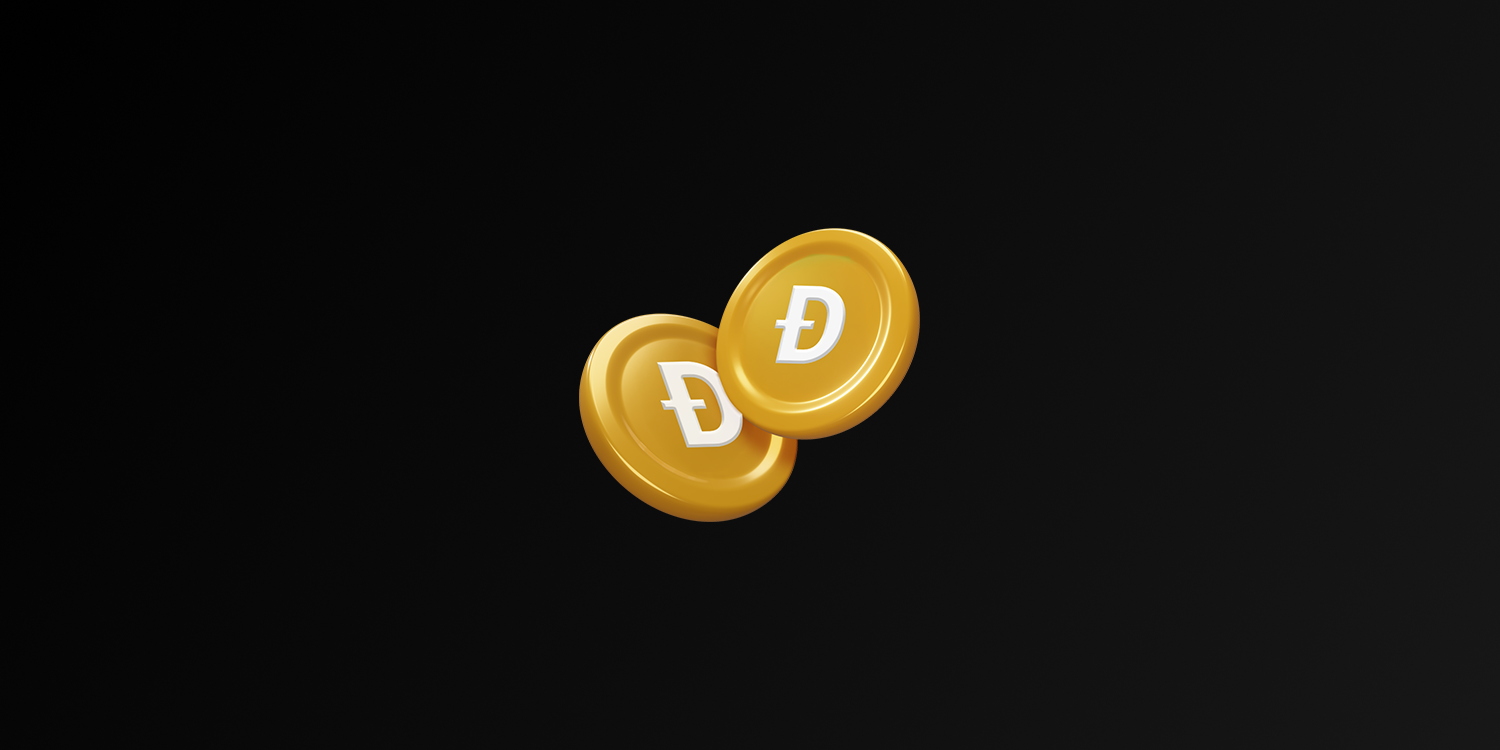Introduction
| Attribute | Details |
| Founder | Chris Larsen & Jed McCaleb |
| Year Established | 2012 |
| Category | DeFi |
| Description | Ripple is a digital payment protocol used for fast and low-cost international transactions between financial institutions. XRP is the native cryptocurrency of this system. |
Ripple (XRP) is the native cryptocurrency of the XRP Ledger (XRPL) technology developed by Ripple, which was founded in 2012 to provide opportunities beyond transaction limits by creating a digital network for financial transactions (payment, money transfer, exchange, etc.).
Ripple was founded by Chris Larsen and Jed McCaleb to make financial transactions faster and cheaper outside the boundaries of bank transactions. Today, thanks to the internet, it has negotiated with banks, governments and global financial institutions in order to accelerate the movement of financial assets in the same way that information moves quickly, and has taken important steps towards digitalization in financial transactions.
How Does Ripple Works?
Instead of blockchain technology, distributed ledger technology is used to ensure fast and secure transactions. The XRP ledger is maintained by XRP Community participants. When the XRP ledger reaches consensus on all transactions, the transaction is completed, and a new ledger is created. It takes 3-5 seconds to confirm transactions in the XRP ledger.
Ripple continues to expand the XRP Community through global partnerships, contributing to faster transactions. Ripple continues to expand its ecosystem by partnering with universities, NGOs, foundations and social entrepreneurs.
Ripple Technological Structure?
XRP Ledger is an open source, permissionless network designed by Ripple to make financial transactions fast and cheap. As the native cryptocurrency of this network, XRP took its place in the crypto market.
XRP is not a mined or produced coin. It is a coin shared with the market by Ripple. XRP does not have a Proof of Work (PoW) and Proof of Stake (PoS) algorithm, allowing transactions to take place at high speeds with low processing power. Transactions usually take place between 3 and 5 seconds. It uses a consensus algorithm involving participants in the XRP Ledger network. Since it is an open-source protocol, financial companies can utilize this technology without permission.
Where is Ripple Used?
Ripple (XRP) is a cryptocurrency and payment protocol with a variety of use cases. Here are Ripple’s most prominent use cases:
International Payments
Ripple enables fast and low-cost international payments between banks and financial institutions. XRP makes these transactions more efficient because transactions are usually completed within a few seconds.
Providing Liquidity
XRP can be used to meet the liquidity needs of financial institutions. Ripple’s xRapid solution provides liquidity pools, helping to settle transactions faster and more economically.
Cross-border Money Transfers
Ripple is used to facilitate cross-border transfers between different currencies. XRP acts as a bridge currency for these transfers, making transactions faster and more cost-effective.
Transactions between Financial Institutions
Ripple is used to enable secure and fast transactions between banks and other financial institutions. Ripple’s technology makes these transactions more transparent and efficient.
Payment Networks and Platforms
Ripple has been adopted by various payment networks and platforms. XRP is used on these platforms to reduce transaction fees and speed up transaction times.
Transfer of Digital Assets: XRP can also be used to transfer digital assets and tokens. Ripple’s technology enables the fast and secure transfer of different digital assets.
Thanks to these uses, Ripple (XRP) offers a faster and more efficient payment and transaction solution in financial systems.





